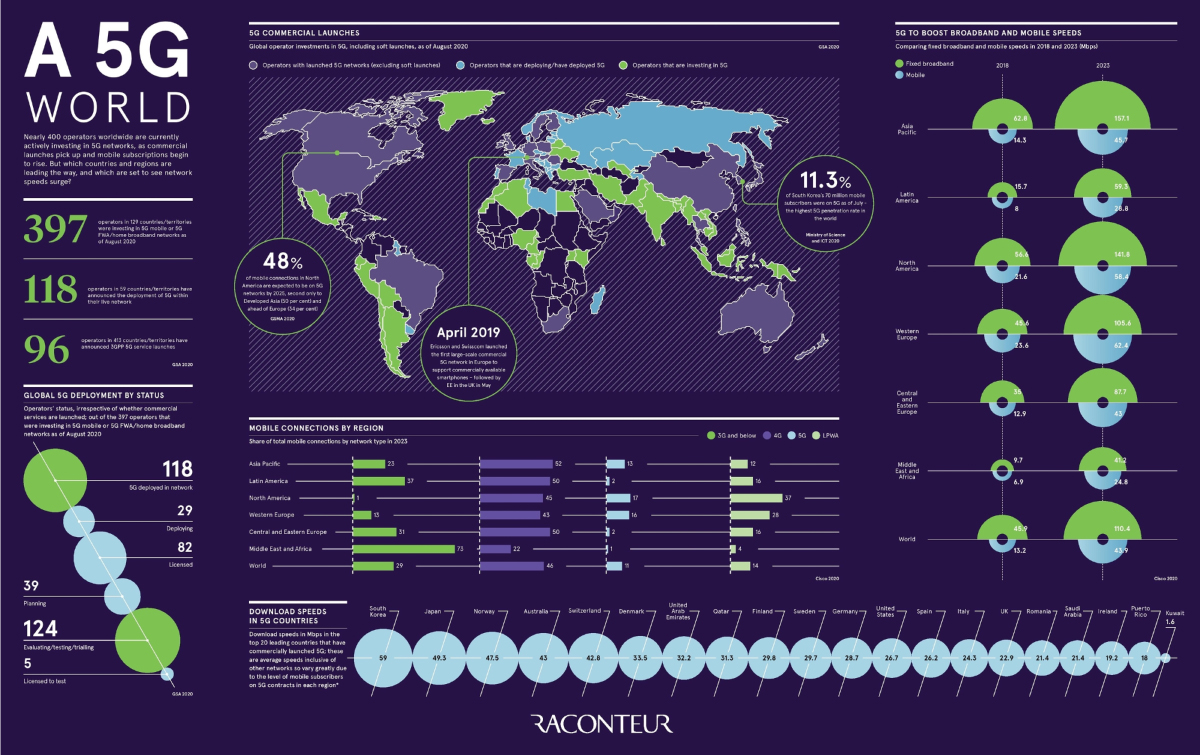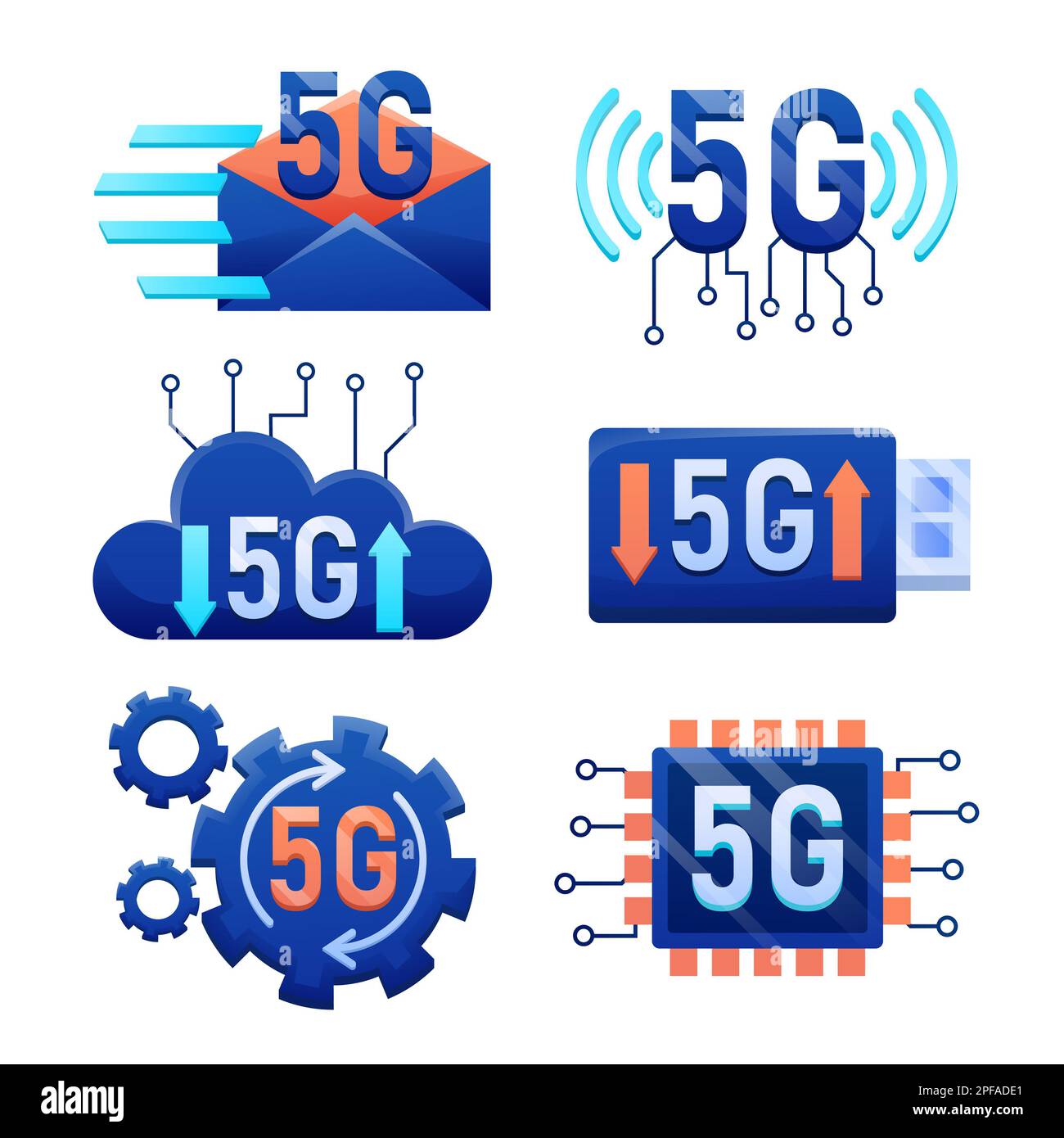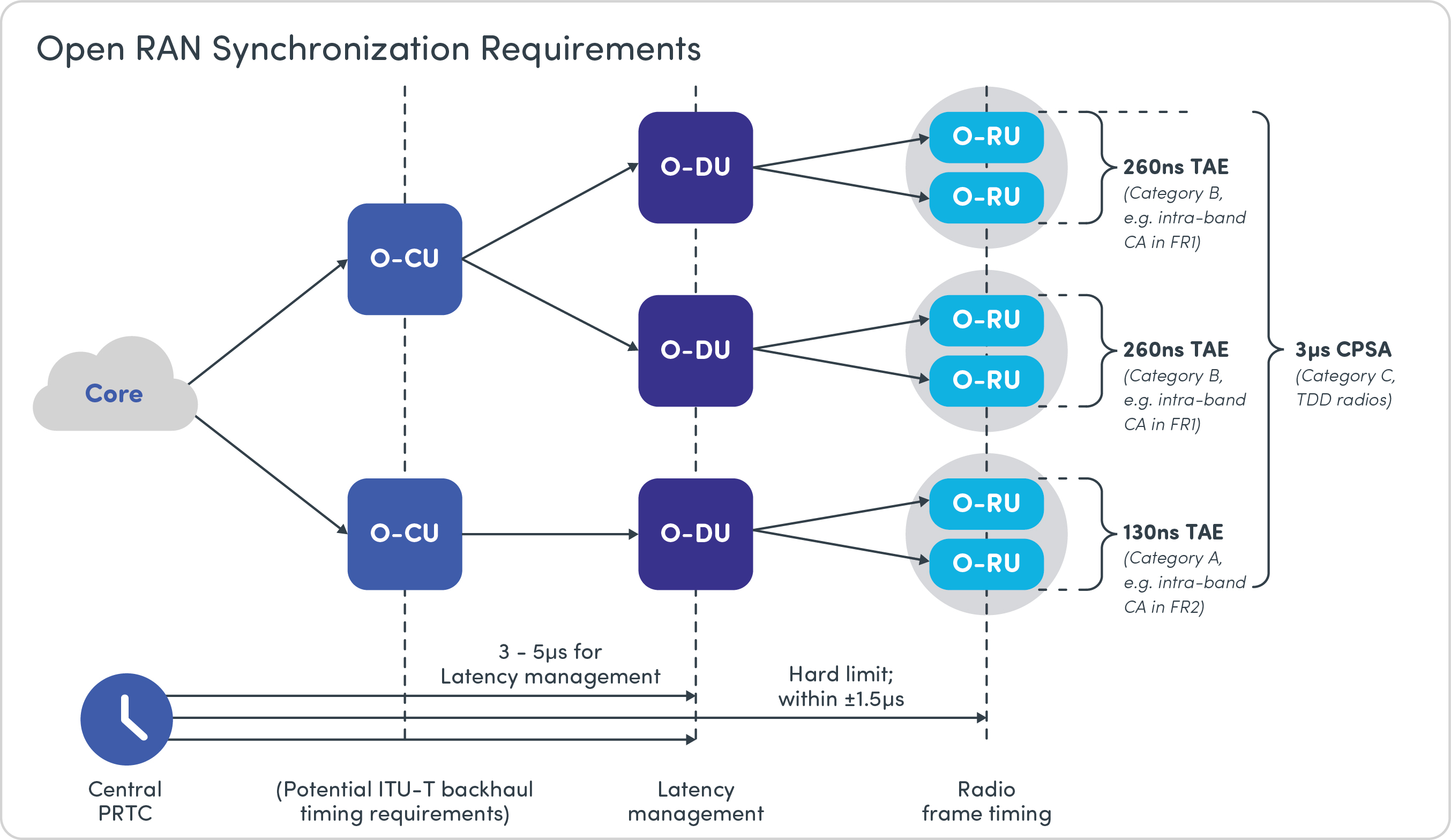5G Networks: The Next Generation of Wireless Communication
Related Articles: 5G Networks: The Next Generation of Wireless Communication
- AR vs. VR: What’s the Difference?
- Renewable Energy Startups to Watch: Innovators Shaping a Sustainable Future
- Neural Processing Units (NPUs)
- Mobile App Ecosystems
- Best IoT Devices for Home Security: Enhance Your Safety and Peace of Mind
Introduction
With great pleasure, we will explore the intriguing topic related to 5G Networks: The Next Generation of Wireless Communication. Let’s weave interesting information and offer fresh perspectives to the readers.
Table of Content
Video about 5G Networks: The Next Generation of Wireless Communication
5G Networks: The Next Generation of Wireless Communication

The world of wireless communication is constantly evolving, with each new generation of technology bringing significant improvements in speed, capacity, and latency. 5G, the fifth generation of cellular network technology, represents a major leap forward, promising to revolutionize how we connect and interact with the digital world. This article delves into the intricacies of 5G networks, exploring their key features, benefits, challenges, and future implications.
Understanding 5G’s Technological Advancements
5G networks build upon the foundations laid by previous generations (2G, 3G, 4G), but with several crucial technological advancements that dramatically enhance performance. These advancements can be categorized into several key areas:
-
Higher Frequencies: 5G utilizes higher frequency bands, including millimeter wave (mmWave) spectrum, which offers significantly greater bandwidth compared to the lower frequencies used by 4G. This higher bandwidth translates directly into faster data speeds. However, mmWave signals are prone to greater attenuation and are easily blocked by obstacles, requiring a denser network of smaller cells to provide comprehensive coverage.
-
Massive MIMO (Multiple-Input and Multiple-Output): This technology employs multiple antennas at both the base station and the user device to transmit and receive multiple data streams simultaneously. This significantly increases network capacity and improves spectral efficiency, allowing more users to connect and enjoy higher data rates.
-
Beamforming: Beamforming techniques focus the radio signal towards specific user devices, improving signal strength and reducing interference. This is particularly crucial for mmWave frequencies, where signal attenuation is a major concern.
-
Network Slicing: 5G allows for the creation of virtual networks, or "slices," tailored to specific applications and requirements. This enables operators to offer different levels of service, prioritizing bandwidth and latency for specific use cases such as autonomous vehicles, industrial automation, or high-definition video streaming.

-
Edge Computing: By bringing computation closer to the user device, edge computing reduces latency and improves the responsiveness of applications. This is particularly beneficial for real-time applications like augmented reality (AR) and virtual reality (VR), where low latency is critical.


The Benefits of 5G Technology
The technological advancements in 5G translate into a multitude of benefits across various sectors:
-
Enhanced Mobile Broadband: 5G delivers significantly faster download and upload speeds compared to 4G, enabling seamless streaming of high-definition video, faster downloads, and improved online gaming experiences.
-
Ultra-Reliable Low Latency Communications (URLLC): 5G’s low latency characteristics are crucial for applications requiring real-time responsiveness, such as autonomous vehicles, remote surgery, and industrial automation. The ultra-reliable nature of 5G ensures minimal disruptions, even in challenging environments.
-
Massive Machine-Type Communications (mMTC): 5G’s ability to support a massive number of connected devices is essential for the growth of the Internet of Things (IoT). This enables the connection of billions of devices, from smart sensors and wearables to smart city infrastructure.
-
Improved Quality of Service: Network slicing allows for the prioritization of specific applications, ensuring that critical services receive the necessary bandwidth and latency, even during periods of high network congestion.
5G’s Impact on Various Industries
The transformative potential of 5G extends across various industries:
-
Healthcare: 5G enables remote surgery, telemedicine, and the development of sophisticated medical devices, improving healthcare access and quality.
-
Manufacturing: 5G facilitates the development of smart factories, enabling real-time monitoring and control of industrial processes, enhancing efficiency and productivity.
-
Transportation: 5G supports the development of autonomous vehicles, smart traffic management systems, and improved public transportation, enhancing safety and efficiency.
-
Entertainment: 5G provides high-quality streaming of immersive content, such as augmented reality (AR) and virtual reality (VR), enhancing entertainment experiences.
-
Smart Cities: 5G enables the development of smart city infrastructure, such as intelligent traffic management, environmental monitoring, and public safety systems, improving the quality of urban life.
Challenges and Concerns Surrounding 5G Deployment
Despite its immense potential, the deployment of 5G networks faces several challenges:
-
High Infrastructure Costs: Building a 5G network requires significant investment in new infrastructure, including base stations, antennas, and backhaul networks. This can be a barrier to entry for smaller operators and in underserved areas.
-
Spectrum Allocation: The availability of suitable spectrum is crucial for 5G deployment. The allocation of spectrum needs to be carefully managed to ensure efficient utilization and avoid interference.
-
Security Concerns: As 5G networks become more ubiquitous, ensuring the security and privacy of data becomes increasingly critical. Addressing security vulnerabilities is essential to maintain public trust and prevent malicious attacks.
-
Interoperability: Ensuring interoperability between different 5G networks and devices is crucial for seamless connectivity. Standardization efforts are essential to achieve this interoperability.
-
Health Concerns: There have been concerns regarding the potential health effects of 5G radiation. However, scientific evidence suggests that the levels of radiation emitted by 5G networks are well below the safety limits established by international organizations.
The Future of 5G and Beyond
5G is not just a technological upgrade; it’s a platform for innovation, enabling the development of new applications and services that were previously unimaginable. The future of 5G will likely involve:
-
6G Development: Research and development efforts are already underway for 6G, which promises even faster speeds, lower latency, and improved capacity.
-
Increased Network Densification: The deployment of more small cells and distributed antennas will improve network coverage and capacity, especially in densely populated areas.
-
Integration with other Technologies: 5G will be integrated with other emerging technologies, such as artificial intelligence (AI), machine learning (ML), and edge computing, to enhance its capabilities and applications.
-
Expansion into New Applications: 5G will continue to drive innovation in various sectors, enabling the development of new applications and services that we can’t even imagine today.
In conclusion, 5G networks represent a significant advancement in wireless communication, offering a range of benefits across various industries. While challenges remain in terms of deployment and infrastructure costs, the transformative potential of 5G is undeniable. As the technology matures and becomes more widely available, it will undoubtedly reshape how we live, work, and interact with the world around us. The future of connectivity is here, and it’s powered by 5G.

Closure
Thus, we hope this article has provided valuable insights into 5G Networks: The Next Generation of Wireless Communication. We hope you find this article informative and beneficial. See you in our next article!